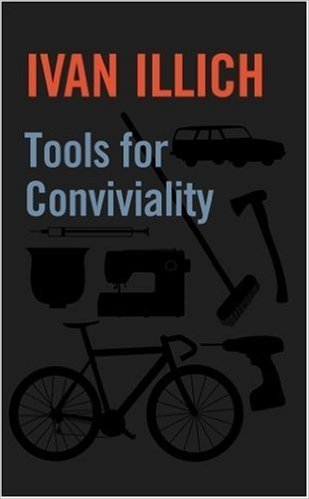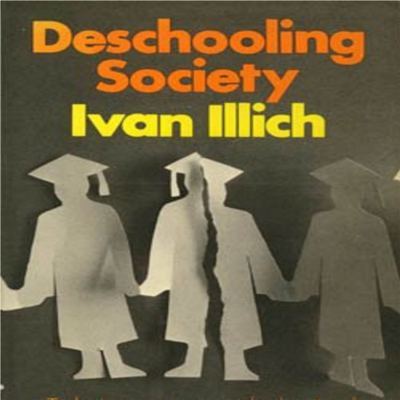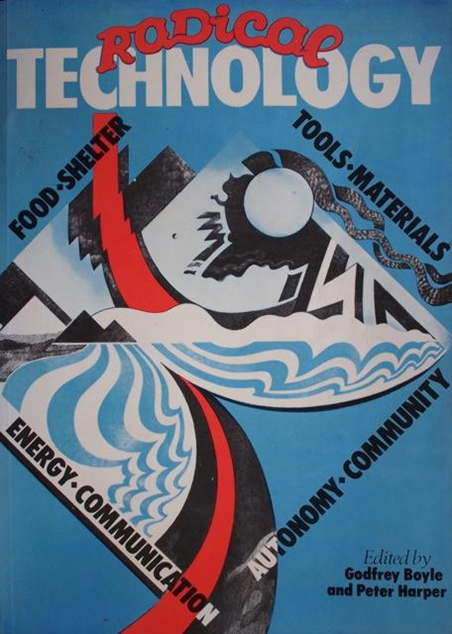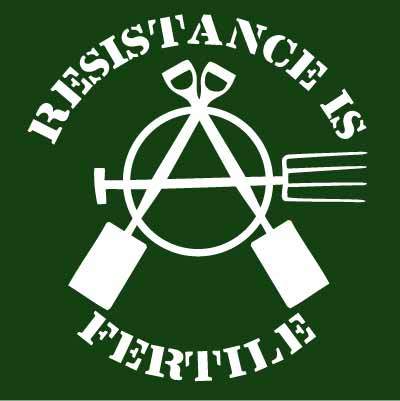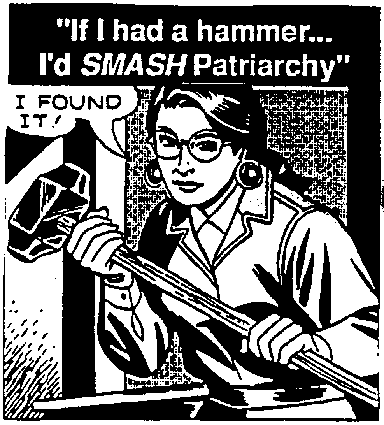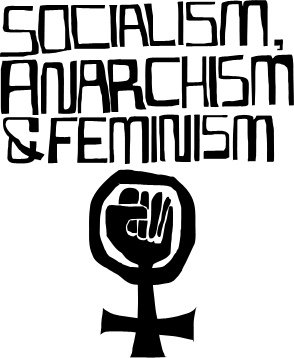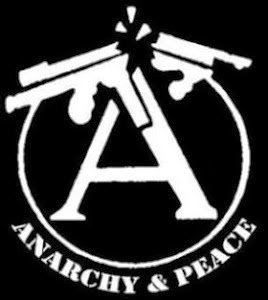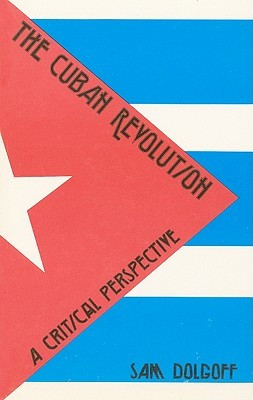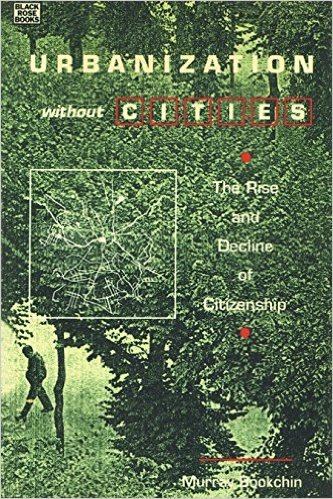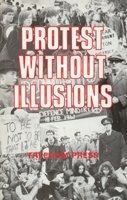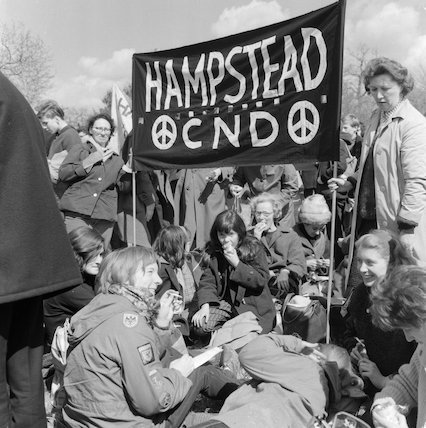Below are excerpts from an article by Ikemba Kuti, “The 4th Precinct: A Black Anarchist’s Perspective on Struggle in Minneapolis’ Northside Streets,” recently published by the First of May Anarchist Alliance. The Alliance is a revolutionary anarchist organization based in Detroit, built around four principles: 1) commitment to revolution; 2) a working-class orientation; 3) a non-doctrinaire anarchism; and 4) a non-sectarian and multi-layered approach to organization. The Alliance seeks “to identify, draw out and help build the movements within our communities, workplaces and schools that have the determination, sophistication, and solidarity necessary to resist and ultimately overthrow the system and the underlying authoritarian social relationships that prop it up. We believe that in order to win the freedom worth fighting for – that the revolution necessary must have an anti-authoritarian character – egalitarian, decentralized, directly democratic, ecological, and internationalist.” The problem of self-defense will continue to grow as fascist populism, which has found its voice in Donald Trump, continues to grow in the USA.
The 4th Precinct: A Black Anarchist’s Perspective on Struggle in Minneapolis’ Northside Streets
Jamar Clark
On November 15th, 2015, police executed Jamar Clark in North Minneapolis, MN. Several witnesses claim that Mr. Clark was handcuffed and on the ground when he was shot in the head. Following the execution, an occupation of the 4th precinct police station took place on Plymouth Avenue.
The call for the encampment and occupation came from Black Lives Matter – Minneapolis. BLM-MPLS, is a part of the nation-wide organization of chapters that is backed by the Democratic Party of the same system that ensures black and brown communities are hyper-policed. BLM-St. Paul is not a part of the nation-wide organization, and has even been condemned for making Black Lives Matter as a whole “look bad” for simply chanting “Pigs in a blanket, fry ‘em like bacon…” while they are not a chartered chapter.
BLM-MPLS’ call for the encampment resulted in BLM organizers heading the movement with little to no democratic process until later in the struggle. The encampment also generated tensions arising from different agendas, ideologies, levels of anger, and an array of different tactics that different organizations and members of the community aimed to use.
The nationally connected Black Lives Matter-Minneapolis did, and does, great work at getting people to come out. Unfortunately, they also do great work channeling that revolutionary energy into their dogmatic nonviolent reformism due to an undeniable affiliation with the Democratic Party (the system), which must be noted by those interested in liberation of the people, and which is quickly revealed through research on those who are heading #CampaignZero (Black Lives Matter flow chart to attain a world with limited police terror).
Take note of campaign zero’s four person “planning team” – these are important facts: “In 2014, Brittany helped bring community voice to the Ferguson Commission and President Obama’s Task Force on 21st Century Policing as an appointee to each. She’s been named one of TIME Magazine’s 12 New Faces of Black Leadership” (http://www.joincampaignzero.org/about/). This individual works directly for the president.
The remaining three are also heavily connected to non-profits such as Teach for America (TFA), which is also historically connected to maintaining the system. For example: TFA was recently given a grant to continue to project their brand through the media. Furthermore, another member of this four-person team was the other recipient; she is the director of St Louis TFA. TFA is, effectively, the leading edge of the neoliberal attempts to gut city schools and further hinder education equity, which in turn systemically hinders black and brown kids educational achievement under the guise of helping those kids.
As an anarchist, of African descent, I argue that we need revolutionary struggle controlled by the grassroots and not by top-down leaders. It was the domination of top-down leadership from BLM-Minneapolis, and their seemingly unconscious commitment to the system, that effectively steered Northside community militants away from 1) the encampment, 2) becoming further politicized, and 3) in playing any role in the organizing of their own communities self-determination. Their voices were effectively hushed; just as the system we function under has done for centuries to oppressed people of color.
Non-Profits and Their Agenda
…[I]t is easy to see how chartered Black Lives Matter organizers (not the people who come out to support and demonstrate), along with other reformist non-profits, can build movements through agitation. However, movements are more than just people in the streets. Non profit-ism is, more often than not, directly connected to government co-optation of a could-be movement; many times non-profits hijack a movement into electoral politics for Sanders, Clinton, or whoever claims that they are creating change for you while they are lining their pockets. You create change for you – we create change for we – from the grassroots.
These problems arose for many reasons. While it was great that people were in the streets, it is unacceptable to suppress the voices of the people who are terrorized by the police daily. We must come to terms with the fact that Democratic Party-aligned non-profits, while they look helpful, are in fact a hindrance to the movement. Many times, and historically, they co-opt movements. Non-Profits are one of the system’s many witty tactics that aids in halting militant actions and restrains the revolutionary spirit created by a rage that comes out of shared or comparable traumatizing experiences.
Minnesota calls itself the Land of 10,000 Lakes, but it’s also full of Non-Profits. The tendency of non-profits to co-opt, channel, and restrain revolutionary movements is not new to radical organizers in the Land of 10,000 Non-Profits. Many of these organizers have been pushed out of non-profits when their ideologies differed with those of the non-profit leadership in ways that resemble how community members were expelled, alienated, or made to feel unwelcome from the 4th Precinct encampment. This happened many times, once on the first night of struggle when family, as well as community members wanted to see something other than the singing of “slave songs”, as one Northside resident put it. At another moment during the occupation, police came outside and asked BLM-MPLS organizers if they could have protestors move a fire because the smoke from the fire was blocking vision of a police camera. Disgruntled working class community members attempted to dissent the BLM-MPLS protest police, as well as the real police who BLM-MPLS organizers were conforming to while at an action that was to oppose police.
Non-profits are constrained by their grants, money “for the community”, and paid organizing jobs that go on along with the continued oppression of those they are “fighting” to relieve. Paid organizer positions are unethical; a paid organizer continues to get paid at the expense of those they are fighting for. An anti-police paid organizer’s job continues, or BLM-the-brand, only exists because of the existence of police brutality, and the police in general. Non-Profits are extremely limited in their politics and actions because of their ties to the ruling class and the system that is killing the people.
Towards the end of the occupation, I had a conversation with family members of Jamar Clark. They voiced, with the support of people from that community, that they wanted to continue occupying the precinct. However, they were told by Black Lives Matter-Minneapolis organizers that when they would be told to leave by police, that BLM, which also means a large portion of the resources, were going to be obedient to the police, and desert the community who they called to action. Once again, ignoring and hushing the community that police violence is most prevalent in. Since the occupation, many but not all BLM-MPLS organizers have virtually gone AWOL in the midst of struggle when leadership is needed most and while the planning for future actions to obtain justice for Jamar Clark, which continues to this day and will continue against police terrorism even if the police in this case are prosecuted…
High Points in Militancy – Wednesday
Wednesday, November 18th was different from the majority of the occupation – things were a bit more heated on this night. The escalation began when police complained about not being able to go home, and asked Black Lives Matter organizers if demonstrators could move away from the gates that allowed cars in and out of the precinct. They asked this in order for the police to leave and go home to their families, while Jamar Clark and the thousands of others slain by police will never be allowed to return home to their families. Demonstrators began to ensure that police were unable to go home that night. Protestors blocked exits by standing in front of them and linking arms.
As we know, even when we are peaceful, police use violence – because violence is all that they know. Police used mace on peaceful masses, and shot green marker rounds and rubber bullets at protestors. Only after police used their one and only tactic, violence, even when protestors were peaceful, did rocks begin to be thrown at police. Struggle began at the West side of the precinct. It shifted towards the East side of the complex after the police used enough force to regain the West side and demanded that they be allowed to go home.
After the police made these demands, and the struggle shifted from the West side of the building to the East the level of militancy rose. It was raised by the autonomous actions of a united front of Northside gangs as well as your “average Jamar” Northside community members who have lived with the feeling of being hunted by police since their innocent youth. Siege warfare tactics were used against the police station.
Two groups acted throughout the night, but not necessarily in accord with each other: BLM-MPLS organizers on the one hand, and a handful of radicals and community militants, on the other. Some BLM-MPLS organizers did use their bodies to prevent police from going home; they also pointed people out to be targets of police violence, because these people were not adhering to BLM-MPLS’ dogmatic non-violence.
No more that 20-30 feet from the BLM group, community militants threw stones and erected barricades. BLM-MPLS’ claims about these community militants became so absurd that at one point an organizer yelled at community members to “stop ruining our/your community,” when they tore down a mobile police camera. The brothers from that block promptly hushed him and the large camera was quickly used as a barricade to keep the police from coming out of their pigpen.
Later in the night, militancy rose to even higher levels. Molotovs were made and thrown, and shots fired at the police station. The siege lasted for 3 hours. During those 3 hours militant action of community members and the United Front of Northside gangs would match the police’s use of heightened militant repression on demonstrators. Elevated militant pushback by demonstrators took place in waves, because it matched the waves of police repression: when the police used violence as a terror tactic to scare protestors away, those committed to struggle used community self defense against the police, so that demonstrators could go peacefully back out, and not allow the police force occupying their neighborhood to go home.
After the shots were fired the crowd started to dissipate. Police found nothing that they could use as evidence, and no one was arrested on this night. However, the cops demonstrated their force by occupying all of the streets on the South end of the precinct in military fashion, with locked and loaded assault rifles…
Inner Movement Pushback
Organizers from Black Lives Matter-Minneapolis – along with the Chief of Police and the Mayor – condemned militant actions as a part of protest. They have claimed, for instance, that property damage, and the throwing of bricks and bottles, was due to the presence of “outside agitators.” These reformist organizers and city officials specifically referred to “white anarchists.” The lies also included accusations of non-BLM aligned demonstrators actually being police officers – as one vouched for the other, each was accused of being a police officer.
There are several problems with the line that was and is being pushed. First, Black Lives Matter-MPLS and city officials ignore the autonomous militant action of the North Minneapolis community. The community doesn’t need “white anarchists” or any other “agitators” to tell them to be angry, or how to take action. The purpose of these accusations was to maintain the system’s current agenda of BLM nationwide, and in this case BLM-MPLS’ monopolization of the anti-police brutality movement. This has become a part of BLM-MPLS’ program in the fight against police terrorism. As with other non-profits, BLM-MPLS and police officials actively tried to push revolutionaries and militants out of this movement, with no care for the repercussions these faulty accusations could cause the victims of their snitch-jacketing.
Fascist Pushback
Monday, November 23rd, 2016 neo-Nazis violently took their organizing to the streets and shot 5 demonstrators outside of the 4th precinct. The night of the attack neo-Nazis got into an altercation with demonstrators after being asked to leave. The altercation successfully lured several demonstrators Northeast of the precinct and Plymouth Avenue onto Morgan Avenue. It was significantly darker on the north side of Plymouth Ave and easy to flee northbound away from the precinct. That is when the 5, African-American, demonstrators were shot. Police and paramedics came to the scene after a lengthy wait, especially since this took place in front of the precinct. The police rejected giving medical aid to the wounded protesters when they were asked by other protestors to use their medic training, and instead established a cordon to prevent protesters from pursuing the attackers, who escaped (they were arrested later, after one of them negotiated his surrender via a high school friend who is now a police officer).
Lance Scarsella, a 23-year-old white male from Lakeville, Minnesota is the man who pulled the trigger, but not the only organizer. Events leading to the Nazi attack are interesting. First and foremost the shooter, Scarsella, is a white nationalist with white supremacist ideology and now action. There are also pictures that surfaced of the group who led the fascist attack at the 4th precinct toting guns with the confederate flag in the background. Much of the organizing for this attack took place on 4chan, which is described online as ‘a simple image-based bulletin board where anyone can post comments and share images anonymously.’ Those who accompanied Allen Lawrence “Lance” Scarsella III, 23, were Nathan Gustavsson, 21, of Hermantown, Daniel Macey, 26, of Pine City, Joseph Backman, 27, of Eagan, and Julio Suarez, a 32 year old Hispanic (and believed to be ex-marine) was also briefly held in custody.
The Friday before the attack, November 20th, the shooters infiltrated the encampment. This is known for two reasons: 1) the attackers posted on 4chan using code names that have surfaced throughout the investigation (‘Black Powder Ranger’ being the one of the shooter) stating that they were heading to the 4th precinct to “knock this shit out” while holding a gun in the video. They urged people to keep watching the stream as they logged off by saying: “stay white”. 2) People of the community that was created by the encampment caught on to the infiltrators during, what was ultimately their recon mission, which allowed them to execute their attack with precision. When they were identified, they were asked to leave. After the infiltration there were messages sent out on 4chan that read descriptions of specific individuals that were “high profile” targets. Those who were participants in the attack were told to “Remember to wear camo /k/lansmen, we will open fire on anyone who isn’t wearing camo.” (http://www.unicornriot.ninja/?p=4833).
Fascism in the United States is a reality. The fact that Donald is polling so well after some of the most outlandish fascist remarks he has made, and after neo-Nazis carried out a successful violent terrorist attack on black protestors at the 4th precinct in Minneapolis, MN, there is simply no denying it. Throughout the 4th precinct shutdown individuals were forced to adapt and learn quickly. We were forced to understand violence and push back from police, white activists, and black activists. While most radicals are aware of neo-Nazism and its reality, I think those who are unaware of their activity both politically and on the street level were shocked that the white supremacists followed up their threat and took it to that level.
White supremacists and neo-Nazis terrorized the encampment for the next 4 days, at least. The day following the attacks, four shots were fired in an alley just South of the precinct. United fronts of gang members and others teamed up again to create a united front for armed security in the name of Community Self Defense. Many demonstrators had pointed out that the shooters had had tactical police equipment with them, and shared the sentiment that the police were connected to the shooting. This feeling was widely shared, firstly because community members saw police’s limited and near total neglect of the shooting victims while they were suffering and secondly, because of the common knowledge that the president of the police union, Bob Kroll, was a member of a white supremacist biker gang.
While Scarsella executed the attack, we must maintain an understanding that Nazis are building a nationwide movement similar to BLM or that of the revolutionary left. This is not an isolated occurrence or attack. Fascism, or more simply put – hate – is organizing to take similar action nationwide and globally.
Neighborhood Networks – Community Self-Defense
After fascists came and the police refused to protect and serve the Northside community, an acquired taste for self-defense emerged. Members of the community came out and began organizing legitimate security to protect the encampment. This protection was not simply for protection from white supremacists, but also from some individuals from the neighborhood who were coming to the encampment for the wrong reasons; for example, amongst those wrong reasons were that of cat calling (harassment of women) as well as thievery while demonstrators were asleep. I recall one individual, who was affiliated with the Vice Lords stating that he had stopped people from stealing and even reclaimed phones as he proudly stated afterwards “I aint ‘bout that, I’m here to do a job… I’m an honest security guard.” It seemed as though an understanding swept across a large portion of the encampment and people realized that policing is violence and police are a reactionary force. Therefore, if they won’t protect us, we should.
November 15th, police executed a man in North Minneapolis, MN during an altercation where several of witnesses stated that Jamar Clark, the man whose life was stolen by Minneapolis police, was handcuffed and on the ground. Who is to protect us when those who are meant to protect and serve the people, the police, have a monopoly on the “legitimate” use of violence and therefore use that as an excuse to partake in year round human hunting? The occupation of the Fourth Precinct in Minneapolis pushed many to understand that liberalism and non-profit reforms are not ridding our societies of systemic killings of black and brown people. It forced people to recognize fascism, and that white supremacists are a real threat to our existence; through the Nazi attacks, and the dissent towards those who police “protect and serve”, which police showed when not one officer protected community members from the attack and not one officer rushed to medical aid after the attack, illustrates that community self defense is a key step to self determination.
Is the time now for community self defense? Through studying historical social change movements it is evident that movements have phases. With police rapidly militarizing themselves, militant neo-Nazis such as the ones who shot five black protestors in Minneapolis, and demagogue fascist leaders like Donald Trump gaining massive amounts of support, we have no need to ask whether the time is now. We can see that the time is now; phase one of a mass social change movement is nearing its end. It’s time – as anarchists – to take matters in our own hands; we must acknowledge that the time is now and start creating opportunities for community self defense outside of non-profits and other mainstream reformist “liberation” campaigns.
Ikemba Kuti, March 2016









